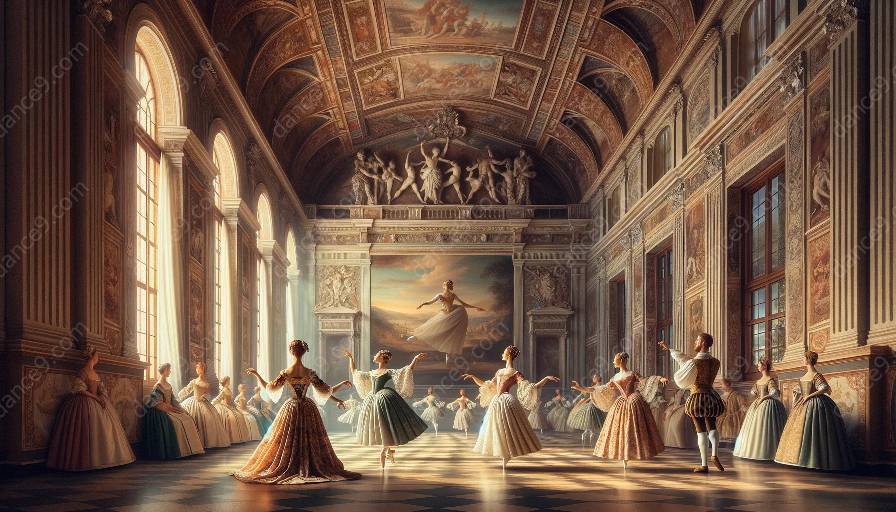Ballet is a rich and diverse art form that has evolved over time and has been influenced by different cultures and eras. The key differences and similarities between ballet traditions in various cultures offer a fascinating insight into the evolution of this elegant dance form.
Origins of Ballet
Ballet originated in the Italian Renaissance courts of the 15th and 16th centuries as a form of entertainment and as a celebratory dance. The dance form then spread to the French courts, where it evolved and became a more structured and codified art form.
Ballet History and Theory
As ballet developed, it became popular in different parts of the world, leading to the emergence of unique ballet traditions in various cultures and eras. The history and theory of ballet provide a deeper understanding of how this art form has been shaped by different influences and how it has evolved over time.
Key Differences and Similarities between Ballet Traditions in Different Cultures and Eras
Classical Ballet: Classical ballet has its roots in the French and Italian traditions and is characterized by its strict, formal technique and graceful, flowing movements. The Russian, French, and Italian ballet traditions have significantly influenced classical ballet, each contributing to its distinctive style and technique. In contrast, contemporary ballet has evolved to encompass a wider range of movements and styles, often incorporating elements of modern and post-modern dance.
Asian Ballet Traditions: Asian cultures have their own unique ballet traditions, such as Chinese and Indian ballet. Chinese ballet often incorporates traditional Chinese dance elements, martial arts movements, and themes from Chinese folklore and history. Indian ballet, influenced by classical Indian dance forms, features intricate hand and foot movements and storytelling through dance gestures and expressions.
African Ballet Traditions: African ballet traditions are known for their vibrant and energetic movements, rhythmic patterns, and storytelling through dance. Traditional African dance, with its focus on community and connection to nature, has influenced the development of ballet in African cultures, resulting in a distinctive blend of traditional and contemporary dance styles.
European Ballet Traditions: European ballet traditions, particularly in countries such as Russia, France, and Italy, have been influential in shaping the classical ballet as we know it today. These traditions emphasize the technical precision, grace, and storytelling aspects of ballet, often drawing inspiration from literature, mythology, and history.
Medieval and Renaissance Ballet: Ballet traditions in medieval and renaissance eras were characterized by courtly dances, elaborate costumes, and the use of dance as a form of communication and entertainment among the nobility. These early traditions laid the foundation for the development of ballet as a sophisticated art form.
Conclusion
The key differences and similarities between ballet traditions in different cultures and eras highlight the rich and diverse nature of this art form. Understanding the connections between these traditions and their historical and cultural contexts provides a deeper appreciation of ballet's evolution and its significance in the world of performing arts.





























